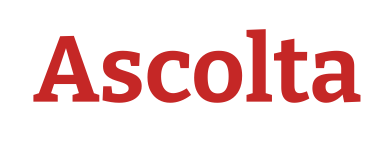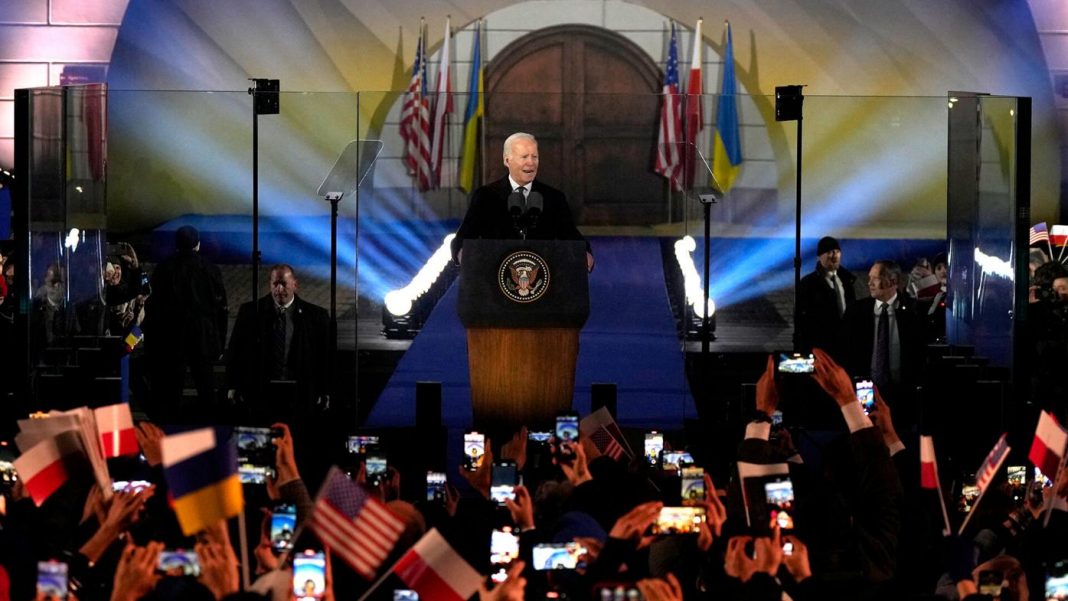Unlike his Russian colleague, Joe Biden decided to move away from unnecessary officialdom and once again showed that the atmosphere of a “mausoleum” for important statements is not a mandatory attribute. Stepping on stage in front of a Polish audience, Biden looked more like an American pop star than the President of the United States. However, the differences between these positions have become less and less lately.
Walking across the stage to cheerful music with the words “freedom is you” and greeting the assembled people, many of whom waved Ukrainian flags, Biden was trying to demonstrate that Putin’s recent Address to the Federal Assembly did not affect either his plans or the prepared speech. Instead, he came to Warsaw with a clear goal: to show that the United States was returning to Eastern Europe and would not give it away to Moscow or London.
His speech turned out to be more concise than Putin’s, but no less discussed by world analysts and journalists. At the same time, experts drew attention to the fact that Putin never mentioned Biden in his Address, but Biden mentioned Putin eight times in his speech!
Standing behind an armoured screen, the “leader of the free world” began his Address with a story about his work on the Committee on Foreign Relations:
- “I returned from Europe and wrote a report that Poland would be free within a year. And then my chief of staff said: “Please don’t write this, because you will look stupid.”
By this, Biden wanted to say that just as the denouement of the confrontation between NATO and the Warsaw Pact in 1989 ended very quickly and unexpectedly, the same denouement can await the current situation with the confrontation between NATO and Russia. The United States does not hide its intentions to defeat Russia, not so much on the battlefield as a result of diplomatic battles.
In general, Biden’s statements were rather restrained and fell short of the expectations of many analysts who predicted a sharp response to Putin’s statements and further escalation in relations between the two states.
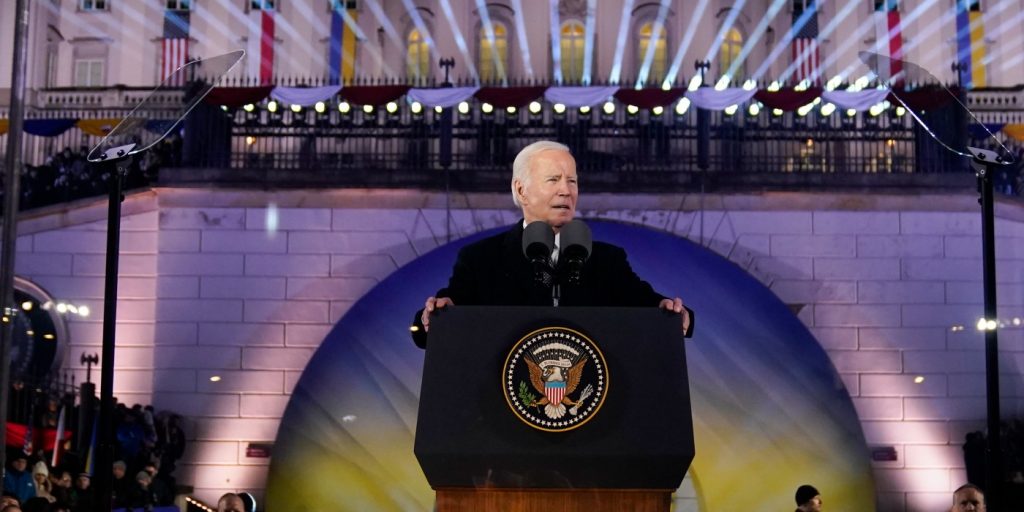
Biden’s key theses:
- “The truth is that the United States needs Poland and NATO just as much as NATO needs the United States. We must keep Europe safe. This is so important and so necessary.”
This thesis is a stone in the garden of the Republicans, particularly Donald Trump, who once reduced the cost of maintaining NATO and insisted that the NATO countries stop being parasites on the United States. Republicans have long proposed reformatting NATO from a defence alliance into another coalition, such as an energy alliance. Biden showed that the Democrats are not supporters of abandoning the former essence of NATO (especially since the Democratic President Truman, whom Biden tries to copy in many ways, even in speech and gestures, was at the origins of NATO).
• “…I would say that NATO is stronger than ever.”
The usual auto-training formula, however, is appropriate for such a performance. Biden is trying in every possible way to show that NATO is strengthening its position – even despite the opposition from Turkey and Hungary.
- “Russia’s war against Ukraine has become a test for the United States and European countries.”
- “Yesterday in Kyiv, I proudly told President Zelensky that our support for Ukraine remains unwavering.”
- “Kyiv is still standing. It is stronger than ever; Kyiv is free.”
An important statement, the main argument that can be presented after a year of hostilities: although part of Ukraine is occupied and we cannot de-occupy it yet, Kyiv is free; Putin did not take Kyiv.
- “Even before, I told my Russian colleague: when you achieve the Finnishization of NATO, you can get the NATOization of Finland. But, of course, I didn’t know then that Sweden would join too.”
The emphasis on Finland is not accidental. Recently, the concept of admitting Sweden and Finland to NATO simultaneously, in one package, has been replaced by the idea of Finland joining NATO (it is of more strategic importance as a state directly bordering Russia). On the other hand, Sweden must deal with the problems in relations with Turkey. This topic was raised, for example, at the Munich Security Conference.
- “A year later, it became clear that the world would not turn a blind eye to a Russian attack. We stand for democracy, sovereignty, and people’s right to live without aggression.”
- “We have reaffirmed our unwavering commitment to NATO’s collective security, including by ensuring that the command headquarters – our forces in Europe will be in Poland, period.”
The transfer of the headquarters of the command of NATO forces in Europe from the Belgian Mons to Poland is a severe sign: the United States decided to push the command post to the forefront. The build-up of NATO forces directly near Russia’s borders (especially near Kaliningrad) is an additional element of pressure on Russia and a “peace enforcement” method. As a result, the Cold War is escalating. In response, Russia is regrouping forces – creating new military districts and increasing the number of tactical units in the western direction.
- “Putin thought he could use energy as a weapon. But no. We mobilised and reduced our dependence on Russian energy resources.”
- “We are also launching a new strategic partnership with plans to build nuclear power plants and strengthen Poland’s energy security for future generations.”
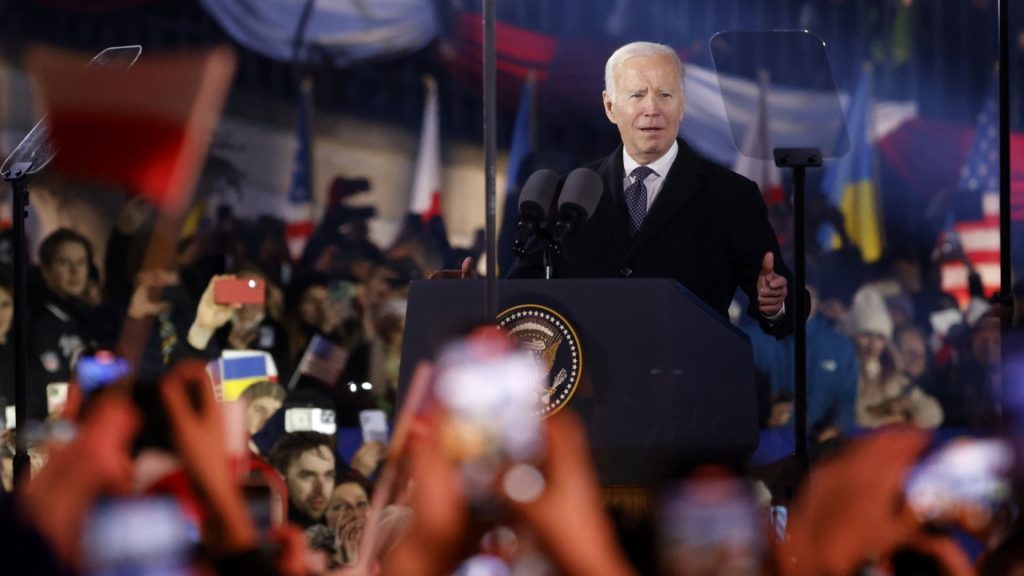
Exciting use of pronouns. “We” and “ours” in the mouth of the President of the United States sound rather strange, given that the United States has never been dependent on Russian energy. That is, Biden shows that the United States does not give up the status of the master of Eastern Europe and Europe as a whole. On the contrary, he makes it clear that “we mobilised and reduced our dependence on Russian energy resources” – this is not the merit of European politicians, but the United States and him personally. Well, it hints that now the US will actually have a monopoly on the energy market in Europe.
- [To the Russian people] “The West does not want to attack Russia; the Russians are not our enemies. Therefore, Putin can end the war with one word.”
Biden made it clear that there was no question of any Third World War; he did not want to allow a direct clash between NATO and Russia. Moreover: he does not consider Russia an enemy – only Putin. This signals the Russian elites: “Rus, give up! Our hospitality awaits you! Kill your commanders and come over to our side!”. By the way, the bet on an internal coup, a rebellion of the elites in Russia, is one of the scenarios being worked out in the United States.
- “A dictator seeking to revive his empire will never overpower the love of freedom, and Ukraine will never become a victim of Russia.”
- “Ukraine is still independent and free a year after Putin’s invasion. The flag of Ukraine is proudly flying; Ukraine is still independent and is a democratic state. We are doing everything so that Ukraine can protect itself.”
- “Support for Ukraine will not ‘weaken’. Putin still doubts our conviction. We won’t get tired.”
Biden is trying in every possible way to present the situation, clearly arguing with Putin and his speech that there is a conflict between Russia and Ukraine, and the United States is simply supporting Ukraine. Yet, at the same time, Russia, in every possible way, exposes the United States as a party to the conflict and declares that it is at war with the United States on the territory of Ukraine and for the “liberation of Ukraine.”
- “The US and allies will follow Article 5. An attack on one NATO country will attack all of NATO. Putin must know this. It’s sacred.”
Putin’s warning that the “red line” is precisely an attack on one of the NATO states. Recently, Putin has repeatedly spoken out in favour that if the West provides its airfields and other facilities to assist Ukraine, Russia will consider these facilities as legitimate targets and destroy them. The United States warns that such a move is unacceptable and that, in this case, NATO will perceive these steps as aggressive and go to war with Russia. It was at this point that the speech was written. If you decipher it, then: if you want to fight with Ukraine, fight, but we will assist Ukraine. This is our area of interest, and we will not leave here.
Moreover, we believe that you will need help to conquer Ukraine. But do not dare to enter the territory to the West of Ukraine. We will not tolerate this.”
- “The US will announce new sanctions against Russia this week.”
An important point: Biden did not mention the Zelensky peace plan, which requires approval from NATO and the United States.
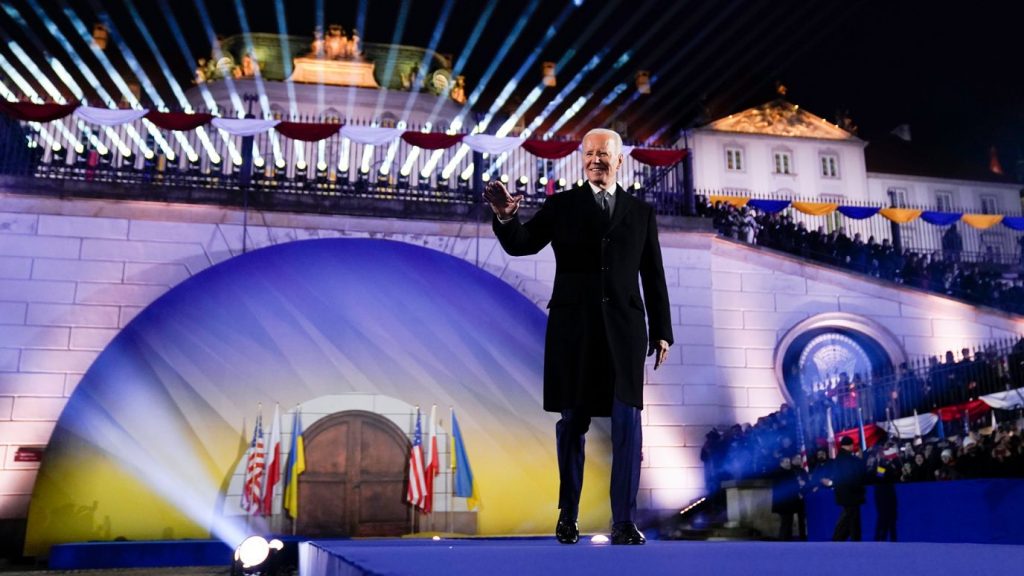
Given that both Putin and Biden have chosen minimally confrontational speech models, as well as that Russia has given security guarantees for Biden’s visit to Kyiv, it can be assumed that some de-escalation formula (unfortunately, temporary) will be proposed in the near future. It may likely be based on a new global agreement on strategic offensive weapons. At the same time, the issue of Ukraine will be considered by the five large nuclear states as one of the issues on the sidelines of this agreement.
